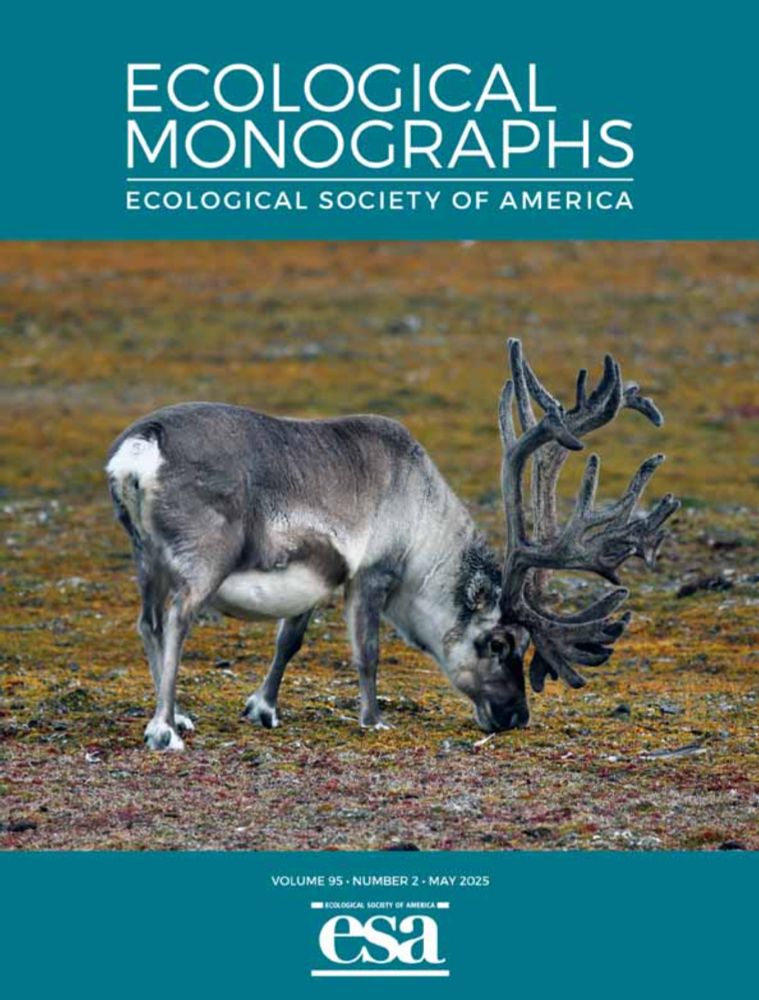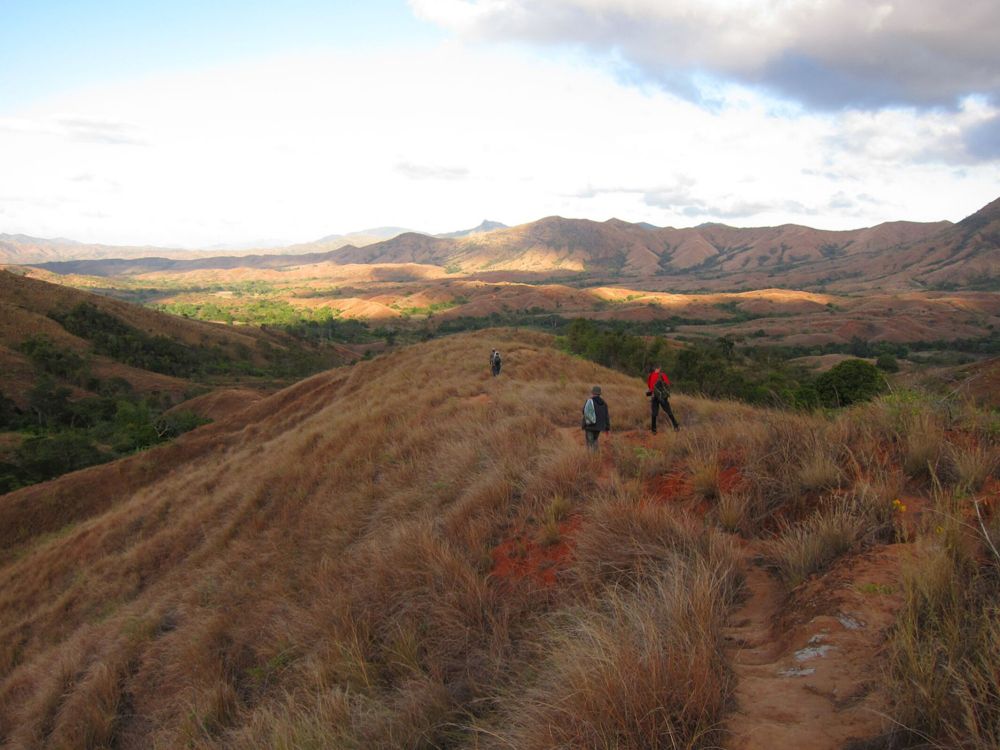
Traditional land use is integral to ecological function in SW Madagascar - Scientific Reports
Scientific Reports - Traditional land use is integral to ecological function in SW Madagascar
New paper in Scientific Reports: "Traditional land use is integral to ecological function in SW Madagascar." Using machine learning and remote sensing data, we show how land use practices from hundreds of years ago have a continual impact on ecological systems today. doi.org/10.1038/s415...
25.08.2025 09:22 — 👍 1 🔁 1 💬 0 📌 0
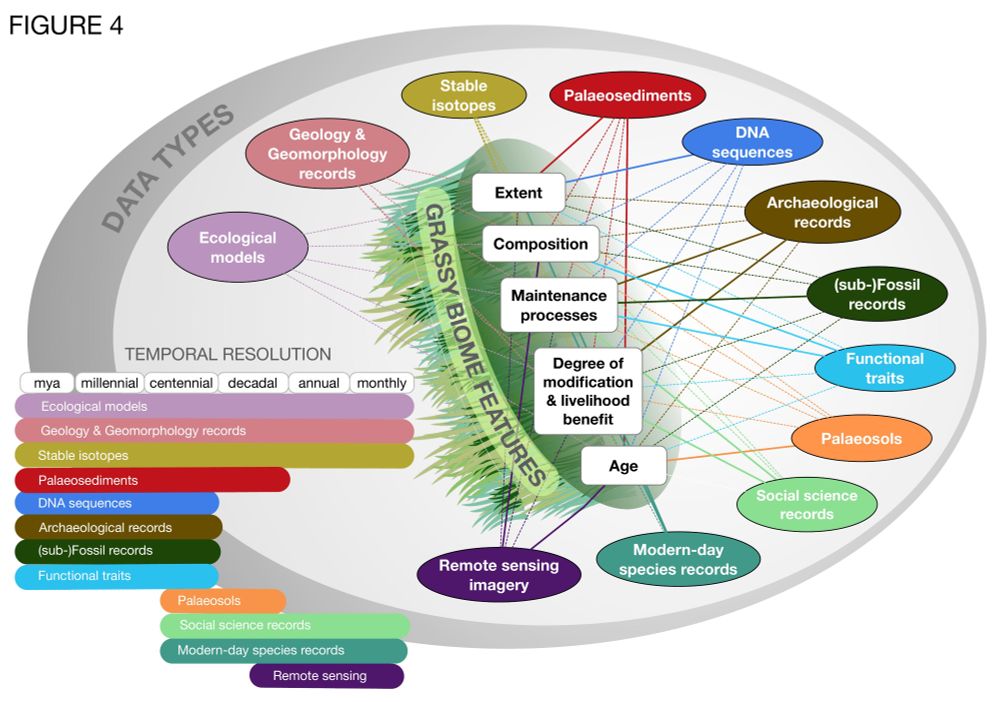
A conceptual diagram titled “GRASSY BIOME FEATURES” showing different data types aligned by temporal resolution. The horizontal axis represents time, from “millennial” and “mya” (millions of years ago) on the left, to “monthly” and “annual” on the right. Various data types—such as geology, stable isotopes, DNA sequences, archaeological and social science records, modern species records, and remote sensing—are plotted along this axis based on their temporal resolution. Additional features listed include age, extent, composition, degree of modification, livelihood benefit, and maintenance processes.
What do archaeology, palaeoecology, genetics and many more have in common?
They can all be used to understand and protect our grassy landscapes! 🌾💚
Read our paper to find out how 👇
esajournals.onlinelibrary.wiley.com/doi/10.1002/...
16.07.2025 14:33 — 👍 10 🔁 3 💬 1 📌 0
@ecologicalsociety.bsky.social @climate.columbia.edu @lamont.columbia.edu
15.07.2025 15:26 — 👍 0 🔁 0 💬 0 📌 0
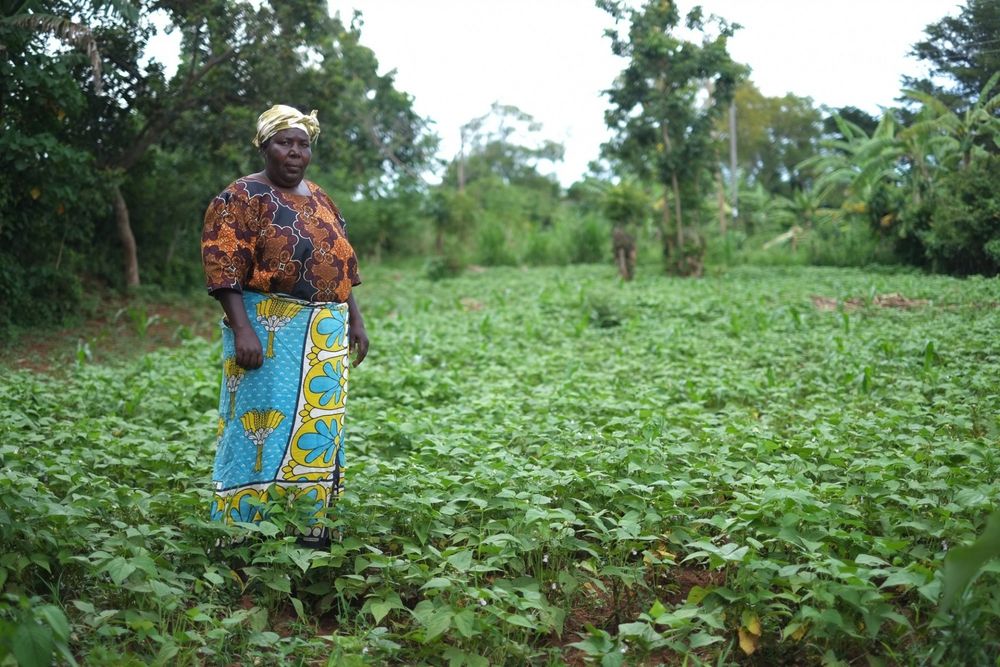
Farmer on her bean farm in Kenya. Credit: Kyu Lee
🧵 1/2: New study reveals that diverse livelihoods enabled ancient societies across Africa to adapt to major climate shifts, suggesting that long-term resilience to climate change is grounded in ecological fit, flexibility, and local knowledge: lamont.columbia.edu/news/african...
30.06.2025 14:44 — 👍 6 🔁 2 💬 1 📌 0
Redirecting
New publication in One Earth (led by Leanne Phelps): We analyze archaeological isotope data from across Africa to explore how people adapted their subsistence practices to increase resilience to environmental changes. This holds important lessons for sustainability today doi.org/10.1016/j.on...
20.06.2025 15:17 — 👍 0 🔁 0 💬 0 📌 0
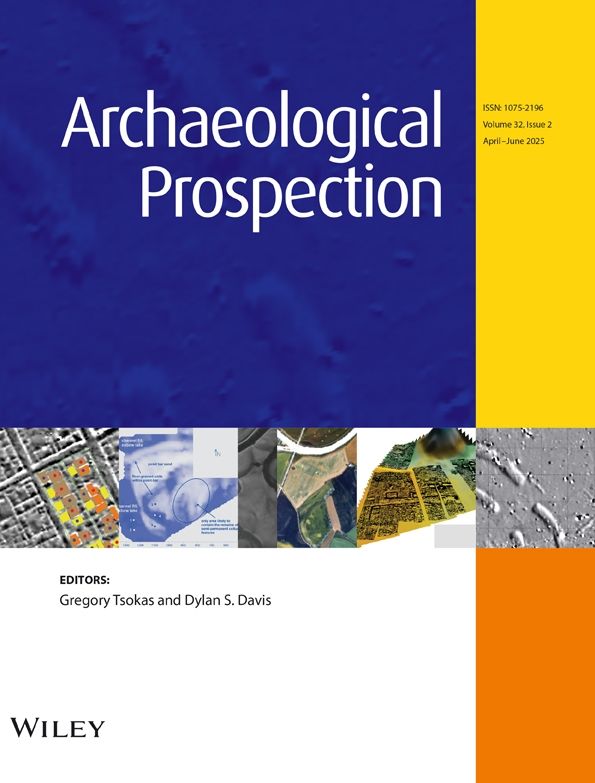
Archaeological Prospection: Vol 32, No 2
Archaeological Prospection is an interdisciplinary archaeological journal covering all urban, rural and marine environments, and promoting international collaboration.
The latest issue of ARP has now been published, containing 14 original research articles and one book review! Topics range from underwater archaeological survey to deep learning assisted aerial lidar surveys and more! Check out the articles here: onlinelibrary.wiley.com/toc/10990763...
04.06.2025 10:35 — 👍 1 🔁 1 💬 0 📌 0
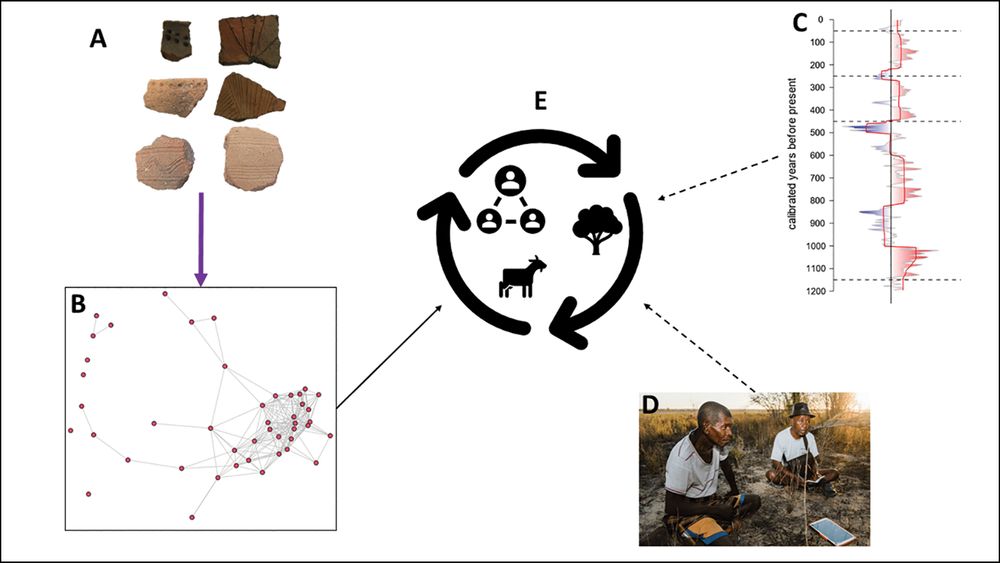
Map showing how archaeological evidence (A), network analyses (B), palaeoclimatic data (C) and ethnohistoric sources (D) are combined to generate predictions and outputs about human responses to socio-political and climatic change through time (E).
#WaybackWednesday Nobody is certain when the first people settled on Madagascar, but it has been occupied for at least the last 1500 years.
The island's climate has changed a lot over this time. How did Madagascar's occupants contend with this? 🏺 ArchaeologyThreads
🆓 doi.org/10.15184/aqy...
23.04.2025 12:45 — 👍 2 🔁 2 💬 0 📌 0


